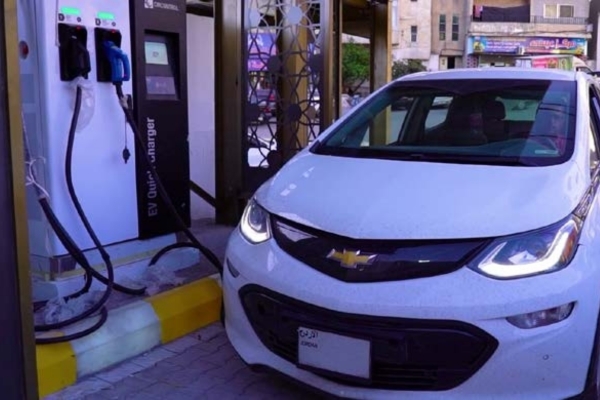Energy Audits and Implementation Solutions
When the Sustainable Energy and Economic Development (SEED) Project was launched in Jordan in 2016, energy efficiency and renewable energy (EE&RE) solutions were still limited, accounting for only 3% of the total energy consumption. At that time, these solutions were in their early stages in local communities, not widely known or applied.
To encourage the adoption of these technologies, the project partnered with local institutions to carry out energy audits and install energy solutions in homes, schools, and health centers. These efforts formed real-life models that helped communities understand the practical benefits of these solutions, leading to a smooth transition from individual experimentation to broader community adoption.
Since 2016, Jordan has seen a significant shift in the adoption of sustainable energy solutions. The share of renewable energy increased from 3% to 26% of total energy consumption, marking a clear acceleration in the reliance on these solutions.
In the project’s target areas, photovoltaic solar energy use grew tenfold, from 0.25% to 2.5%, thanks to direct interventions in awareness, installation, technical support, and financial assistance.
Through precise energy audits, the project identified opportunities and turned them into tangible results by installing efficient systems. These efforts helped reduce CO2 emissions by over 274,000 tons and generated financial savings of approximately CAD 110 million—demonstrating the profound environmental and economic impact of the project.
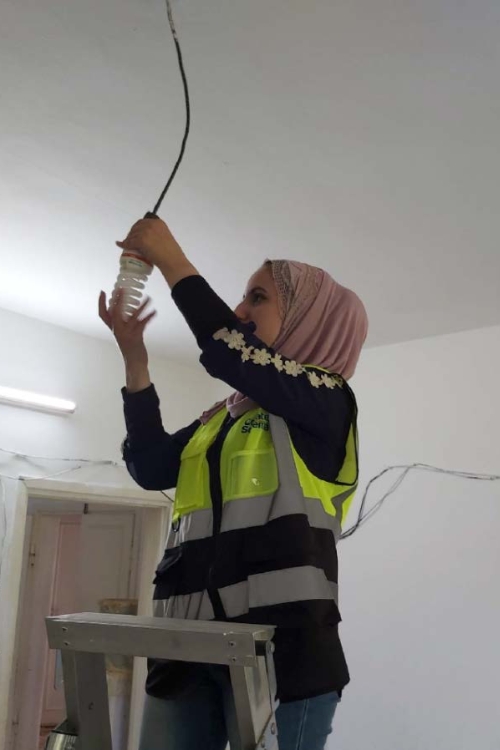



Energy Solutions Start at Home and Grow with the Community
The project contributed to the widespread use of energy efficiency and renewable energy solutions in thousands of homes in Dier Alla and Ajloun by installing LED lighting systems, solar water heaters, and photovoltaic panels. The initiative reached over 8,000 households, equivalent to 17% of the population in these areas, focusing on improving quality of life and reducing monthly bills.
The spread of these solutions relied on success stories and positive experiences shared among neighbors, supported by community partner organizations that contributed to financing and awareness. The project trained local youth in installation and maintenance, conducting regular checks to ensure system efficiency and sustainability.
The project also replaced over 28,000 traditional lighting units with energy-efficient ones and performed energy audits for more than 65 public institutions, helping them identify tangible savings on both financial and environmental levels. These efforts contributed to promoting a culture of sustainability, creating job opportunities, and solidifying the role of energy as a tool for economic and social development.



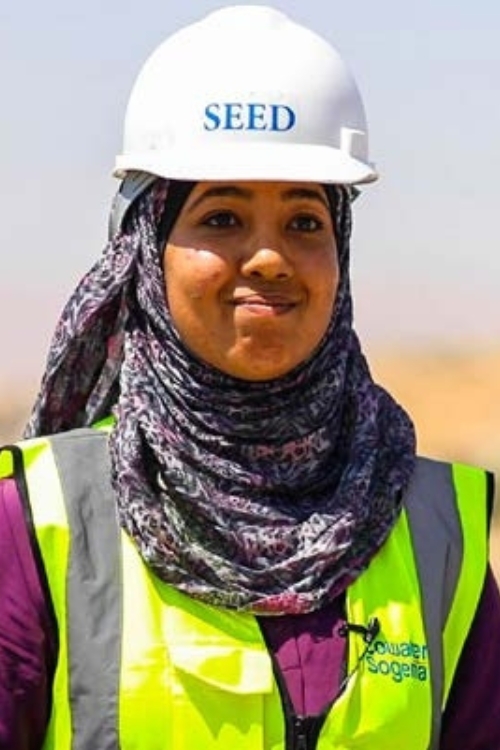
From Deficit to Surplus: The Impact of Solar Fields in Dier Alla and Ajloun Municipalities
The SEED project helped empower four municipalities in Dier Alla and Ajloun to generate electricity from solar energy by designing and implementing four solar fields with a total capacity of 950 kW. These fields produce more than 6.2 million kWh annually, reducing carbon emissions by over 4.5 million kilograms of CO2.
This shift has led to tangible financial outcomes, notably transforming Dier Alla Municipality’s annual budget deficit of half a million dollars into a surplus of over 50,000 dollars within just two years. These savings are being used to improve community services, with a priority on supporting women.
To ensure sustainability, the project teams continued to conduct necessary tests and technical inspections to monitor the solar fields’ operations and ensure optimal performance.
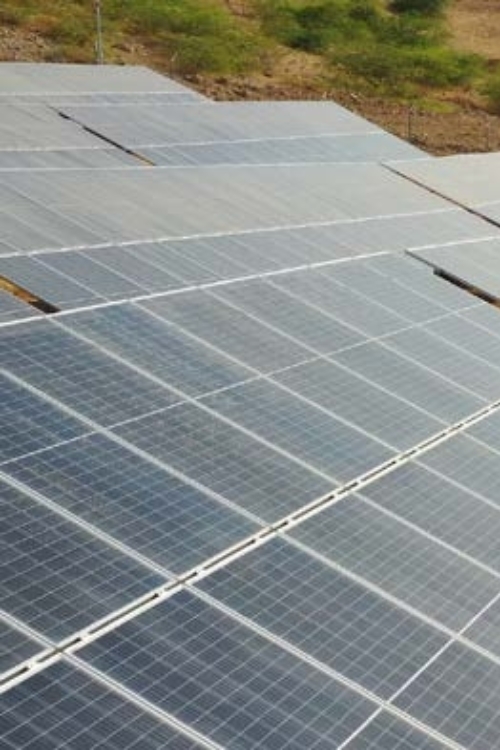
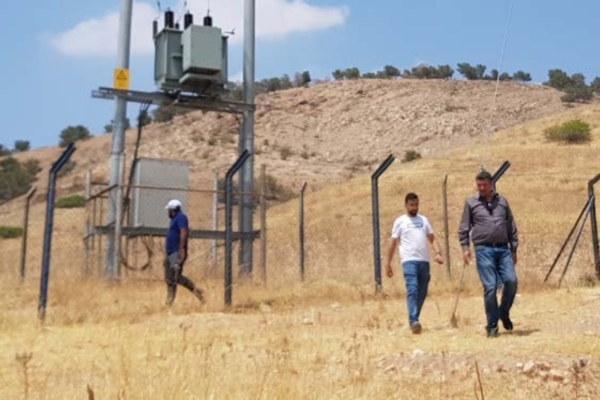

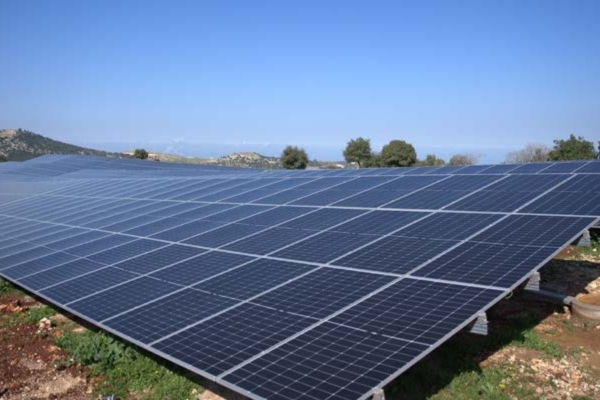
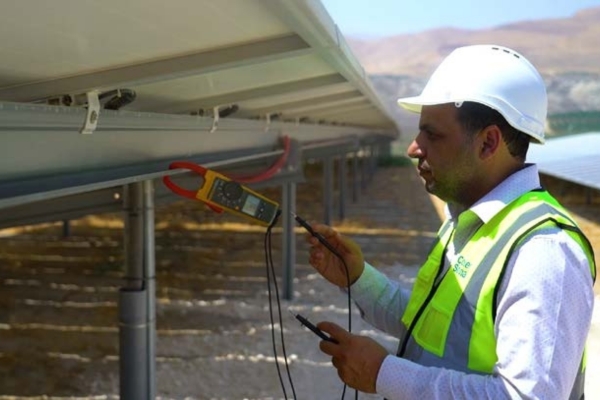
From Innovation to Impact: Improving School and Health Center Environments with Sustainable Solutions
The Economic Development and Sustainable Energy Project enhanced the learning and healthcare environment in Dier Alla and Ajloun by introducing renewable energy solutions in schools and health centers. The installation of solar energy systems and water heaters improved comfort in classrooms and waiting rooms, positively impacting student performance and the quality of medical services.
Doctors at one health center noted that improving the air conditioning through solar energy helped provide a better therapeutic environment for patients. Teachers in schools reported increased student attendance and interaction, especially in summer, thanks to the comfortable classroom environment provided by the upgrades supported by the project.

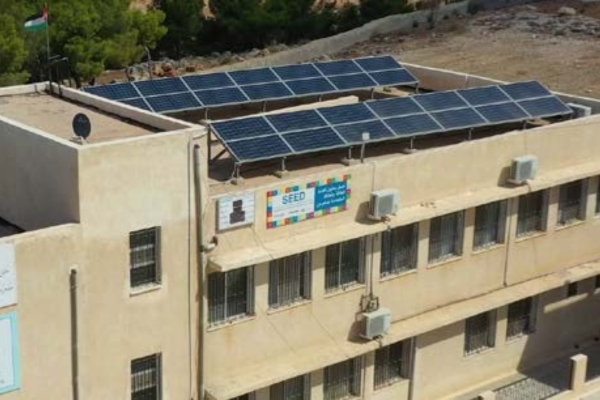
Ajloun Castle: Where History Meets Renewable
In the heart of Ajloun Mountains stands the ancient Ajloun Castle, now benefiting from the modern touch of the project that connected it to a grid-connected solar energy system.
This renewable system, carefully designed to preserve the castle’s visual and architectural identity, allows the site to welcome visitors for longer hours in the evening at a reduced cost, boosting tourism revenues and providing visitors with an extended experience.
This initiative is an inspiring example of balancing heritage preservation with adopting technology, making the past a stepping stone toward a more sustainable and prosperous future for the local community.


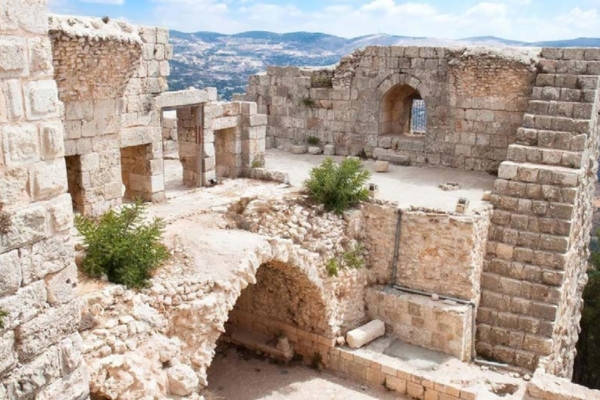
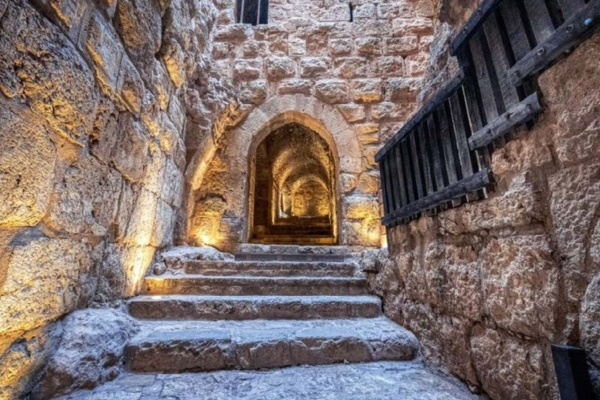

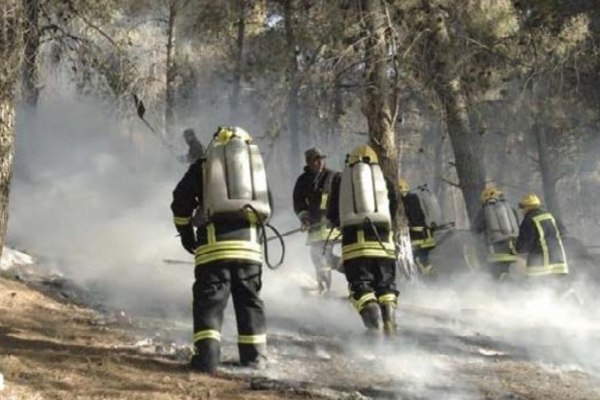
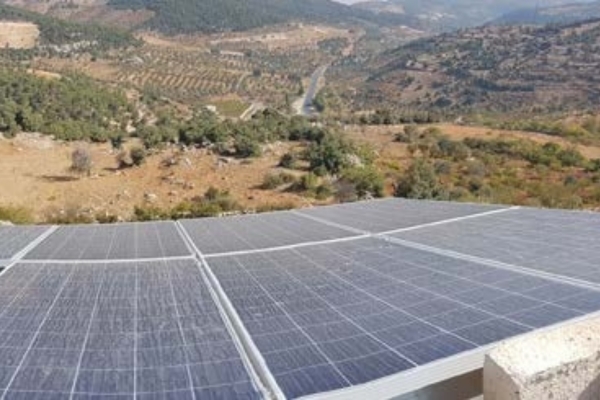
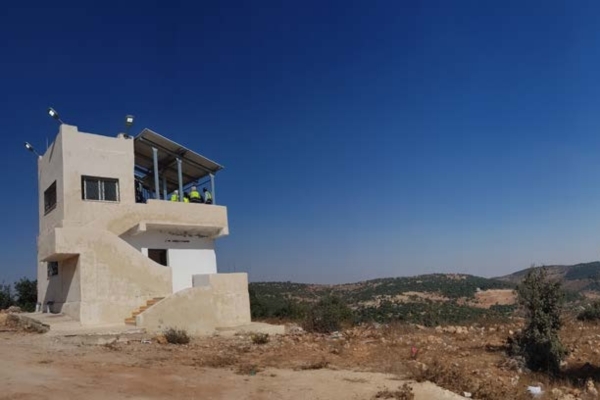
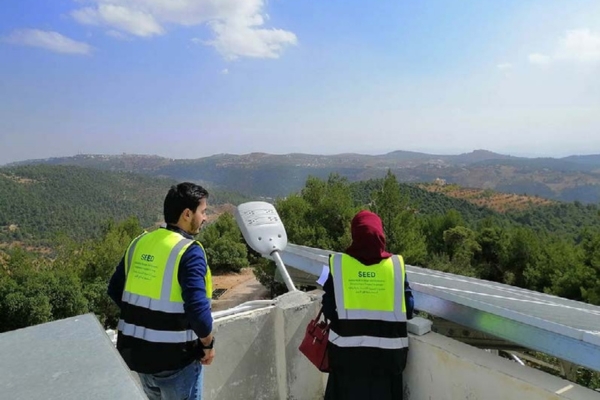

Solar-Powered Watchtowers for Protecting Ajloun Forests
In Ajloun Forest Nature Reserve, where rare trees stretch across 13 square kilometers, the project supported efforts to protect this natural heritage by installing four solar-powered watchtowers.
The towers are equipped with efficient lights and sustainable systems that enable forest guards to monitor vital areas around the clock and respond quickly to fires or illegal activities. These systems represent the first line of defense in a forest that comprises just 1% of Jordan’s land area but holds invaluable environmental value.
These efforts come amid significant losses in the kingdom, with over 52,000 trees burned between 2019 and 2022. By supporting local capabilities and providing eco-friendly technical solutions, these initiatives contribute to preserving biodiversity and enhancing communities’ ability to protect their natural heritage.
First Public Electric Vehicle Charging Station in Ajloun
To mark another milestone in sustainability, the project also introduced the first public electric vehicle (EV) charging station in Ajloun. Located in the main square of the governorate, the station provides EV drivers with an essential service, promoting the use of clean energy and offering an alternative to gasoline-powered vehicles.
This charging station, which forms part of a broader transition toward green mobility solutions, embodies the project’s goal to expand the sustainability message and empower individuals to make eco-friendly choices for a better tomorrow.
